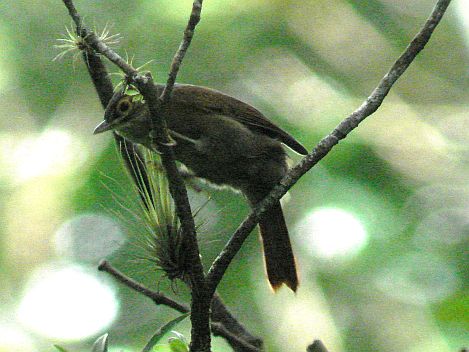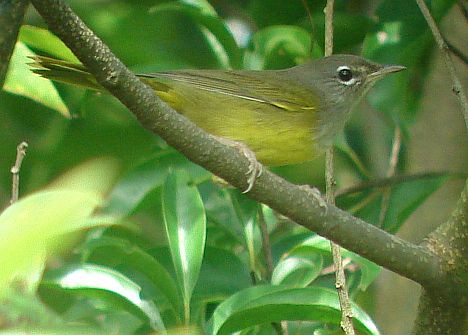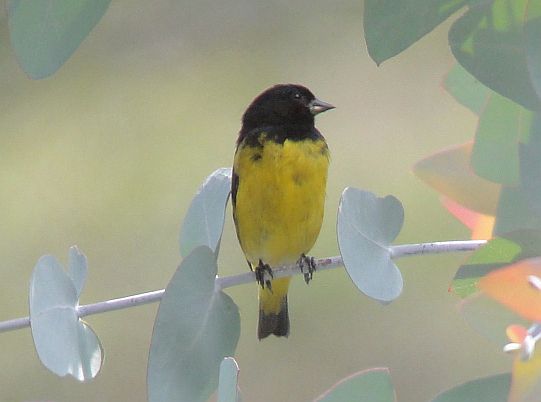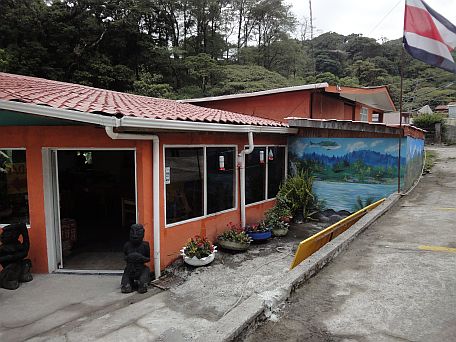Today is Halloween. The date conjures up images of jack-o-lanterns, trick or treaters, masquerades, and horror movie marathons. On the natural side of things, for those who reside in the temperate zone, the dark, cold winds of the early night and arrival of wintering waterfowl are reminders that freezing weather is right around the corner. It’s already here for millions of people from the northeastern states and winter’s imminent return is guaranteed for places that happened to escape the early snowstorm. I will happily miss that cold weather because the icy fingers of winter fall far short of Costa Rica. Nevertheless, I am still reminded that the year is quickly coming to an end. Just two more months and we are going to march right on into 2012 and the terminus of the Mayan calendar. In realizing that calendars are subjective, I’m not the least bit worried about that supposedly auspicious year. I am far more concerned about things like overpopulation, the health and well being of family and friends, and identifying 600 bird species within the boundaries of Costa Rica before the clock strikes midnight on December 31st, 2011.
I thought I was going to break that magic number in 2010 by merit of my one and only Costa Rican pelagic trip but I just didn’t have the time to track down my missing species. At the end of the year, I was 12 birds short of my goal and realized that I had to plan this out much better for 2011. Not that I did, but I have definitely put in more targeted effort to increase my chances of hitting the big 600. I have tried to get to places that yield new year birds and spent more time in the field during migration and it has paid off. With just 20 species to go, I feel as confident as a Turkey Vulture riding a swift tail wind south on a sunny, thermal-filled day. However, this doesn’t mean that I can be complacent. Au contraire, I am well aware of the speedy calendar flipping effect that comes from the time devouring combination of family duties and work (I think that’s what happened last year when the end of December suddenly appeared in an unwelcome flash). I still need to carefully plan out my moves to increase my chances of getting those missing birds. At the end of the day, no matter how skilled you are, it comes down to probability and I am going to up the odds by putting myself in the right places.
For example, with luck, we will do another family trip to Guanacaste, maybe even next weekend (!). If it doesn’t rain too much (there’s always that monkey wrench), I have a good chance at picking up 6 or even 10 species. If I can get to some quality wetlands, I might add another 5 or so. The jackpot, though, is way down in the southern zone. This is what we like to call the area from Perez Zeledon and Dominical south to the Osa, San Vito, and the Panamanian border. If I make it down there, I have a very good chance at 10 species or more. Add short trips to pick up uncommon species I still need such as Snowy Cotinga, Yellow-eared Toucanet (huge miss!), Scaled Antpitta, Slaty-breasted Tinamou, Barred Parakeet, and Ochraceous Pewee, and I have a very good chance of breaking the 600 mark.
Twenty of this year’s highlights have been:
1. Agami Heron- New CR bird for me and a major tick for the year. Laguna del Lagarto is the place to be for this bird!
2. Northern Harrier– I know, how can that be a highlight? Well, it’s a lot more uncommon in Costa Rica than say an Ornate Hawk Eagle (several of those for the year).
3. Semiplumbeous Hawk– Also at Laguna del Lagarto and a good one for the year.
Mystery shot of a Semiplumbeous Hawk.
4. Uniform Crake– Like all of those rallids, they love to be secretive so it was great to hear a pair at Finca Luna Nueva.
5. Upland Sandpiper– Standing in the backyard at 4am was worth hearing two of these call as they flew over in September!
6. Red-fronted Parrotlet– I still haven’t adequately seen the darn thing but I definitely heard one as it flew through the misty air near Cinchona.
7. Scaly-throated Foliage-gleaner– Very pleased to get this uncommon species on the San Rafael de Varablanca- Virgen del Socorro road.
8. Ochre-breasted Antpitta– Possibly my best bird of the year because it was such a long awaited lifer.
9. Rough-legged Tyrannulet– Unseen but certainly heard near El Toucanet and Cinchona.
10. Tawny-chested Flycatcher– Good to get this one at El Copal. Soooo uncommon.
11. Black and white Becard– Also heard this uncommon species at El Toucanet and saw a female at Quebrada Gonzalez.
12. Silvery-throated Jay– Another major tick near El Toucanet.
13. Gray-cheeked Thrush– It pays to listen for nocturnal migrants!
14. Tropical Mockingbird– Nice surprise on the slopes of Irazu.
15. MacGillivray’s Warbler– They are around but never really common.
16. Blue Seedeater– Excellent find in seeding bamboo on Volcan Barva.
17. Dickcissel– The invisible bird. I have heard maybe 10 as flyovers but none have stopped.
18. Bobolink– Super rare bird in Costa Rica, it was exactly where I expected it to be- in a rice field in the Caribbean lowlands.
19. Yellow-bellied Siskin– Not unexpected in the Talamancas but a nice highlight anyways.
20. Black-crowned Antpitta– The “northern gnatpitta” is always a highlight albeit expected over the course of several visits to Quebrada Gonzalez.
Another bonus of re-checking my year list was the realization that I broke 700 species for my Costa Rican list! Unfortunately, I missed celebrating the occasion because I had somehow overlooked ticking off heard birds like Paint-billed Crake and Spotted Rail, and things I had seen in the past such as Pied-billed Grebe and Marbled Godwit. However, I am happy to say that I was able to count back and uncover the identity of my 700th bird for Costa Rica. It happens to be none other than my lifer Ochre-breasted Antpitta seen at Tapanti National Park. Thank goodness it wasn’t a Wilson’s Snipe (I think that was #698)















